How To Brine—The Ultimate Guide
Check out our deep dive into the world of brining. This collection of our favorite brine recipes will show you everything you ever wanted to know: how it works, why you’ll love it, and how to do it.
This post will show you our favorite brine recipes for turkey (wet and dry), a brine recipe for pork chops, and a super fast and easy brine for chicken.
Let’s dive in!!
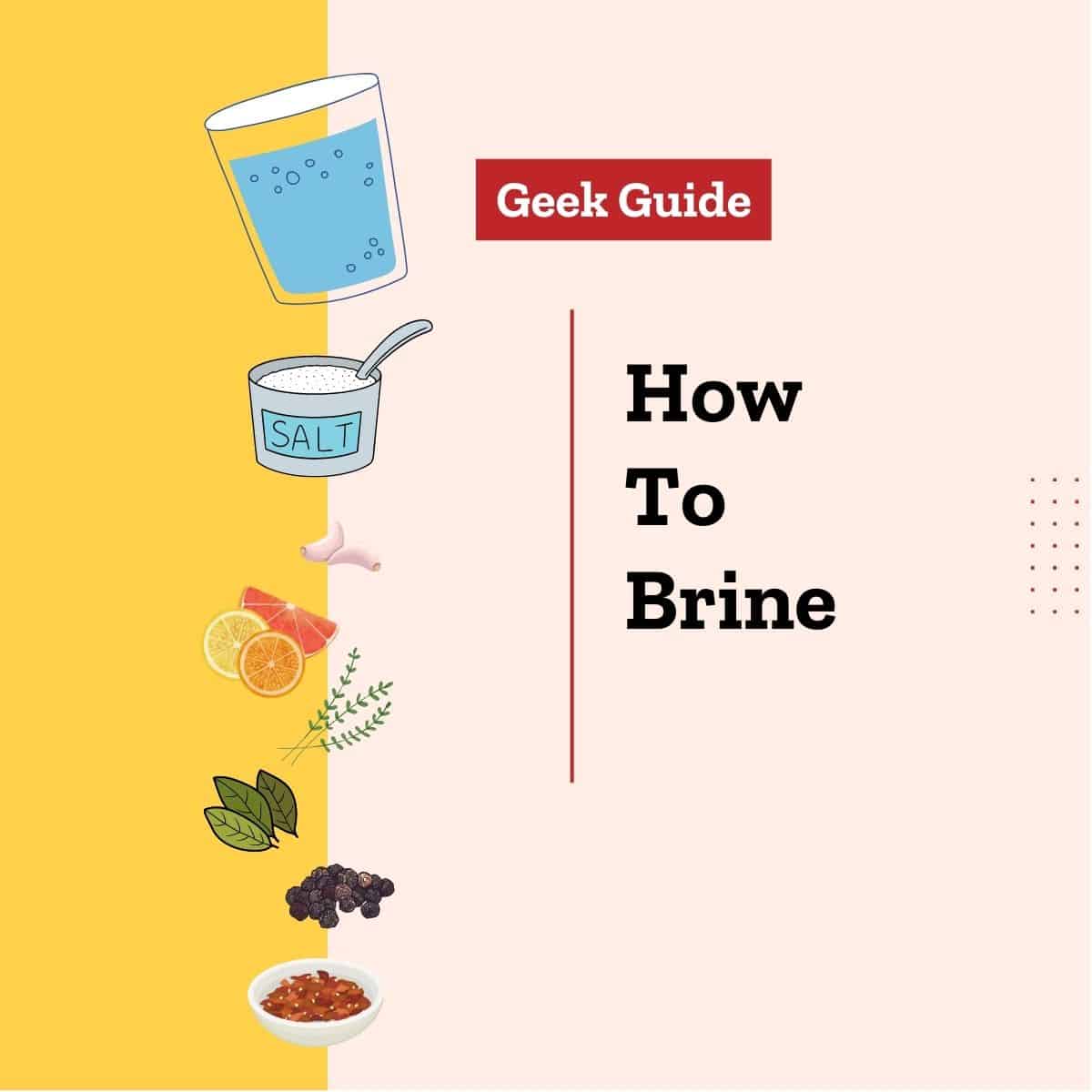
What Is Brine, And Why Is It Used?
Whether you choose wet brining or dry brining, this method can elevate your cooking and lead to delicious, restaurant-quality results.
The most basic definition of brining is the process of soaking meat or poultry in a solution of salt and water to enhance its flavor and moisture content.
Brining helps the meat absorb liquid, resulting in juicier and more flavorful dishes when cooked. This technique is commonly used in cooking to improve the taste and texture of various meats.
The Most Basic Brine Recipe
The most basic formula is 1 cup of salt for each gallon of water.
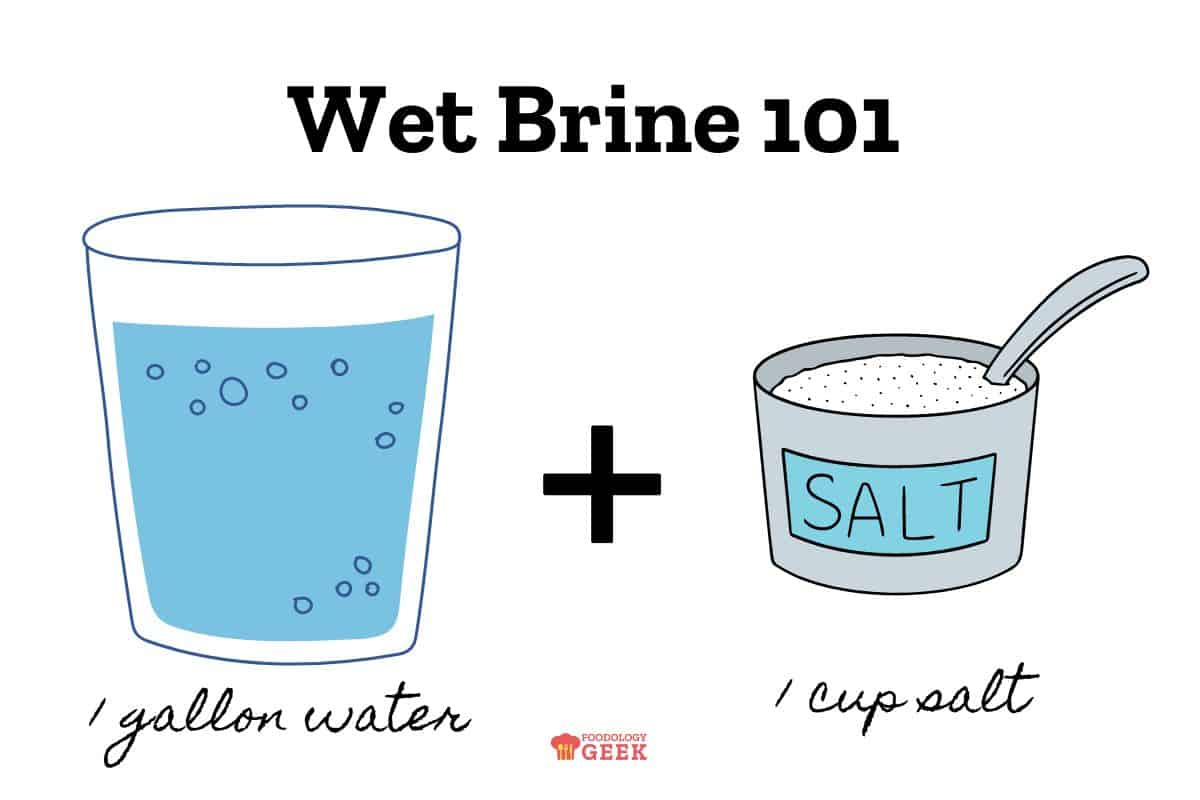
A simple wet brine recipe adds flavor and moisture to the meat. You can up the flavor profile by adding spices like bay leaves, peppercorns, citrus, and even flavors like apple juice.
When using dried spices, the brine solution is typically boiled and cooled completely before combining it with the meat.
When Should You Use Brine?
Brining is a culinary technique that offers several benefits when preparing meat and poultry.
Brining is best for larger pieces of meat that will be roasted, grilled, or smoked. Some cuts of meat are better suited to brining than others.
Think chicken breasts, pork chops, and that Thanksgiving turkey. All of these get a flavor and texture boost from brining.
Cuts of well-marbled meat, such as filet mignon, porterhouse steak, or ribeye, do not need to be brined. They have plenty of flavor, just as they are.
The Key Advantages Of Brining
- Improved Moisture Retention: One of the primary benefits of brining is its ability to help meat and poultry retain moisture during cooking. The salt in the brine interacts with the meat’s proteins through osmosis, allowing the meat to absorb water and effectively preventing it from drying out during cooking. This results in juicier, more tender, and flavorful dishes.
- Enhanced Flavor: Brining doesn’t just add moisture; it also infuses the meat with flavor. The seasonings, herbs, spices, and other aromatics included in the brine permeate the meat, creating a deeper and more complex taste profile. This is especially noticeable in the case of dry brining, where the seasonings remain concentrated on the meat’s surface.
- Balanced Seasoning: Brining ensures that the seasoning is evenly distributed throughout the meat, leading to a consistent and well-balanced flavor in every bite. This is particularly important for larger cuts of meat, such as whole turkeys or roasts, where achieving uniform seasoning can be challenging with traditional methods.
- Tenderness: Brining adds moisture and helps break down some of the meat’s muscle fibers, resulting in a more tender texture. This is especially beneficial for tougher cuts of meat that may otherwise require longer cooking times to become tender.
- Versatility: Brining is a versatile technique that can be applied to various types of meat, including poultry (chicken, turkey), pork, and even some cuts of beef or seafood. This versatility allows you to experiment with different flavors and ingredients to suit your culinary preferences.
- Reduced Cooking Time: Because brined meat retains moisture, it can cook more quickly and evenly. This can be particularly helpful when working with larger cuts, as it reduces the risk of overcooking the exterior before the interior is fully cooked.
- Minimized Dryness in Lean Cuts: Lean cuts of meat, such as boneless, skinless chicken breasts, are prone to dry when cooked. Brining can be a lifesaver for these cuts, ensuring they remain juicy and flavorful.
- Customization: Brining allows you to tailor the flavors to your liking by adjusting the ingredients in the brine. You can experiment with different types of salt, sweeteners (like sugar or honey), herbs, spices, and even liquids like broth or apple cider to create unique flavor profiles.
In summary, brining is a culinary technique that enhances the quality of meat and poultry by improving moisture retention, adding flavor, and ensuring tenderness.
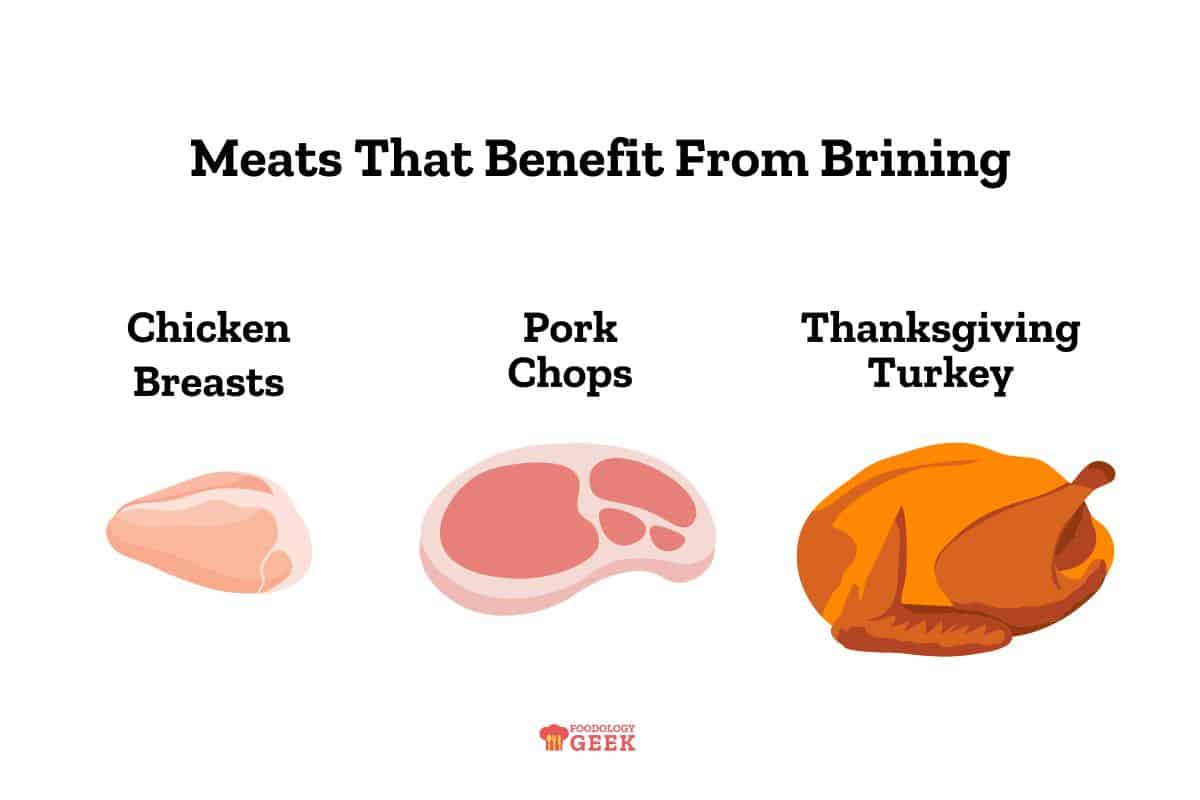
You’ll want to make sure that the cut of meat you are buying isn’t already injected with a salt solution. Most boneless prepackaged poultry in the grocery store has been pre-brined. You may have seen a label that mentions that there is a salt or sodium solution. Pre-brining is part of the commercial packing process.
You might also notice that when you try to saute that chicken breast in a pan, it takes forever to brown because so much water gets released during the cooking.
I’ve found that higher quality butcher shops sell meat and chicken that hasn’t been pre-brined; therefore, you end up with a much better flavor.
The difference between wet brine and dry brine
When you think about a brine recipe, you probably think of a wet brine. A wet brine is a liquid solution seasoned with salt, sugar, and spices. However, there is also a method known as dry brining. I use this method for my spatchcock turkey that I make on Thanksgiving.
The term dry brine is a bit of an oxymoron. A brine is, by nature, a liquid solution. A dry brine is a rub or a salt “cure.” However, the result is the same. You end up infusing flavor and balancing the moisture content in the meat for a scrumptiously tender, juicy, and flavorful piece.
Flavor Magic: Unveiling the Art of Dry Brining
This is the geeky part that I love. Brine works by osmosis. Remember middle school science?
The simplest explanation of this osmotic phenomenon is that the protein molecules in meat contain water. Water and salt drive toward equilibrium when you put that meat in a salty solution.
When the outside of meat is exposed to salt, water is pulled out of the protein cells towards the surface. Then, the salt solution is reabsorbed into the meat to balance the salt and water concentrations.
Brining takes advantage of the inherent drive toward osmotic balance. We can use this naturally occurring process to add flavor and increase the moisture content of the meat, thus improving its texture.
It’s like magic, but it’s not! It’s just science.
Dry brining is my favorite method for Thanksgiving turkey. This method will give you the most flavorful and moist turkey you’ve ever had with the crispiest skin.
Dry brining is a culinary technique that marries simplicity with extraordinary flavor. By understanding how dry brining works and following the steps outlined in this guide, you can take your cooking to new heights and delight your taste buds with every bite. So, give it a try and let the magic of dry brining elevate your next meal.
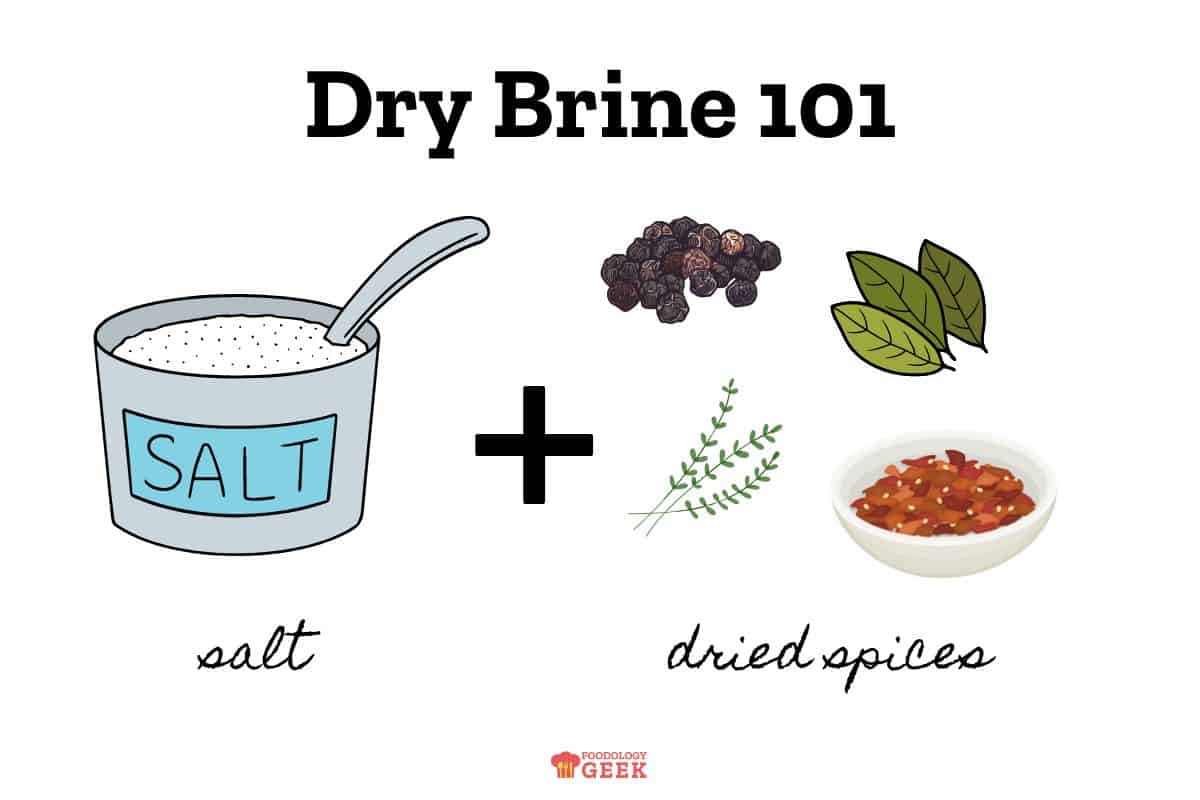
The Essence of Dry Brining:
1. Understanding Dry Brining: Dry brining is a process that involves coating your meat with a mixture of salt and sometimes other seasonings, like herbs and spices. This mixture is applied directly to the meat’s surface, where it draws out moisture and reabsorbs it, resulting in seasoned and incredibly juicy meat.
2. Osmosis in Action: Like wet brining, dry brining relies on osmosis. Salt applied to the meat’s surface initially draws out moisture. However, unlike wet brining, no excess liquid dilutes the flavors, so the salt and seasonings remain concentrated, enhancing the meat’s taste.
3. Simplicity and Convenience: One of the advantages of dry brining is its simplicity. You don’t need a large container or excess liquid. Plus, there’s no need to rinse the meat after the brining process, making it a convenient option for home cooks.
Steps to Dry Brining:
- Prepare the Brine Mix: In a bowl, create a dry brine mixture by combining kosher salt (and other seasonings if desired). The salt-to-meat ratio is typically around 1 tablespoon of salt per 5 pounds of meat, but you can adjust it to your taste.
- Apply the Brine: Liberally sprinkle the dry brine mixture over the meat’s surface, ensuring even coverage. Use your fingers to massage it into the meat gently.
- Chill and Rest: After applying the dry brine, refrigerate the meat on a rack set over a baking sheet. The rest time varies depending on the size of the meat, but overnight is often ideal.
- Cook to Perfection: When it’s time to cook, you’ll notice the meat is juicier and more flavorful. Cook it as you normally would, and savor the delicious results.
Advantages of Dry Brining:
- Enhanced Flavor: Dry brining imparts a deeper and more concentrated flavor compared to traditional seasoning methods.
- Juiciness: By drawing out and reabsorbing moisture, dry brining ensures your meat remains tender and juicy throughout cooking.
- Simplicity: Dry brining is straightforward and doesn’t require special equipment or extra space in your fridge.
- Customization: You have the freedom to experiment with different herbs and spices in your dry brine to create unique flavor profiles.
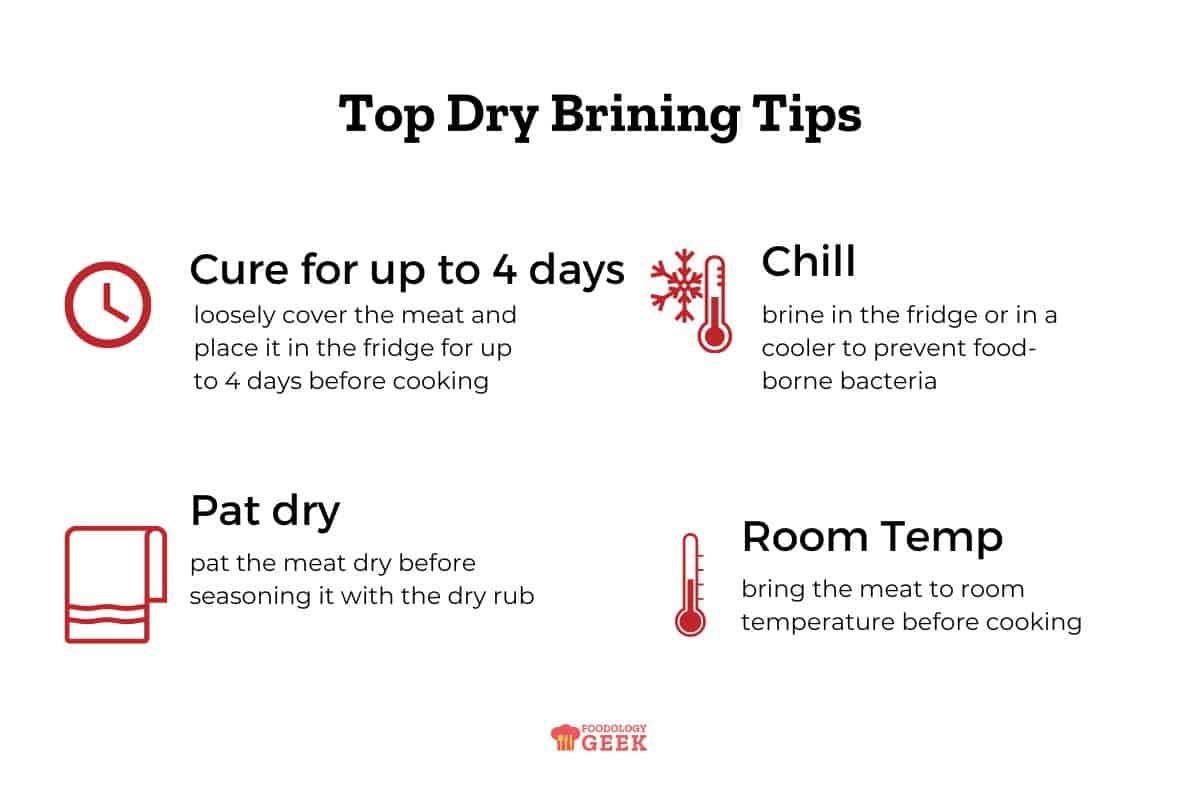
Tools For Dry Brining
For dry brining or salt-curing meat in the fridge, it’s best to use a heavy sheet pan (affiliate link) with a wire rack (affiliate link) set over the top to catch any drips.
Unlocking Flavor and Moisture: The Science Behind Wet Brining
If you’re looking to take your poultry or pork to the next level in terms of flavor and juiciness, wet brining is a culinary technique you need to know about. Wet brining is a method that involves soaking your meat in a flavorful solution, and it works wonders in enhancing both taste and texture. Let’s dive into the science behind wet brining and why it’s a game-changer in the kitchen.
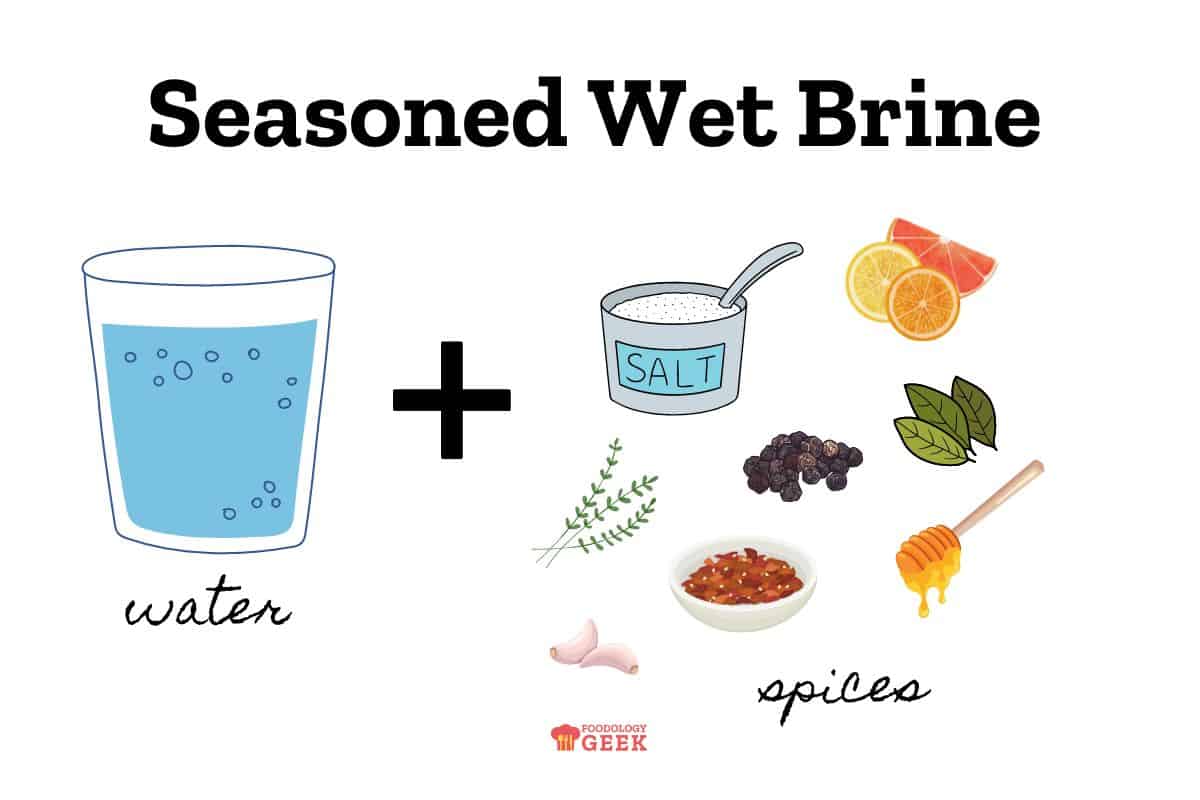
The Basics of Wet Brining:
1. What Is Wet Brining? Wet brining involves immersing your meat in a saltwater solution, often with added sugar, aromatics, and spices. The salt in the brine interacts with the meat’s proteins, altering their structure and allowing them to retain more moisture during cooking. This results in a juicier, more tender final product.
2. The Osmosis Effect: At the heart of wet brining is a phenomenon known as osmosis. Osmosis is the movement of water from an area of lower salt concentration (the brine) to an area of higher salt concentration (the meat). This process helps infuse the meat with moisture and flavors from the brine.
3. Flavor Penetration: While the primary goal of wet brining is moisture retention, it also enhances the flavor profile of your meat. The seasonings, herbs, and spices in the brine are drawn into the meat along with the water, resulting in a more deeply seasoned and tasty dish.
Steps to Wet Brining:
- Prepare the Brine: Create a brine solution by dissolving salt and sugar in water. Add your choice of flavor enhancers, such as herbs, garlic, spices, and citrus zest. Be creative and experiment with different combinations to suit your taste.
- Submerge the Meat: Place your meat, whether a turkey, chicken, pork chops, or other cuts, into a container large enough to hold both the meat and the brine. Make sure the meat is fully submerged.
- Brining Time: The duration of the brining process varies depending on the size and type of meat. Generally, larger cuts like whole turkeys may require overnight brining, while smaller cuts can be brined for a few hours.
- Rinse and Pat Dry: After brining, rinse the meat thoroughly to remove excess salt from the surface. Pat it dry with paper towels before cooking.
Benefits of Wet Brining:
- Moisture Retention: Wet brining prevents meat from drying out during cooking, ensuring a juicy and tender result.
- Enhanced Flavor: The infusion of seasonings and aromatics from the brine imparts a richer and more complex taste.
- Versatility: Wet brining is suitable for a wide range of meats, from poultry to pork, and even some seafood.
- Customization: You have the flexibility to tailor the brine to your preferred flavors and ingredients.
In conclusion, wet brining is a culinary technique that harnesses the power of osmosis to create meat that’s not only moist and succulent but also bursting with flavor. By understanding the science behind wet brining and following the steps, you can elevate your cooking to new heights and impress your family and guests with every dish. Happy brining!
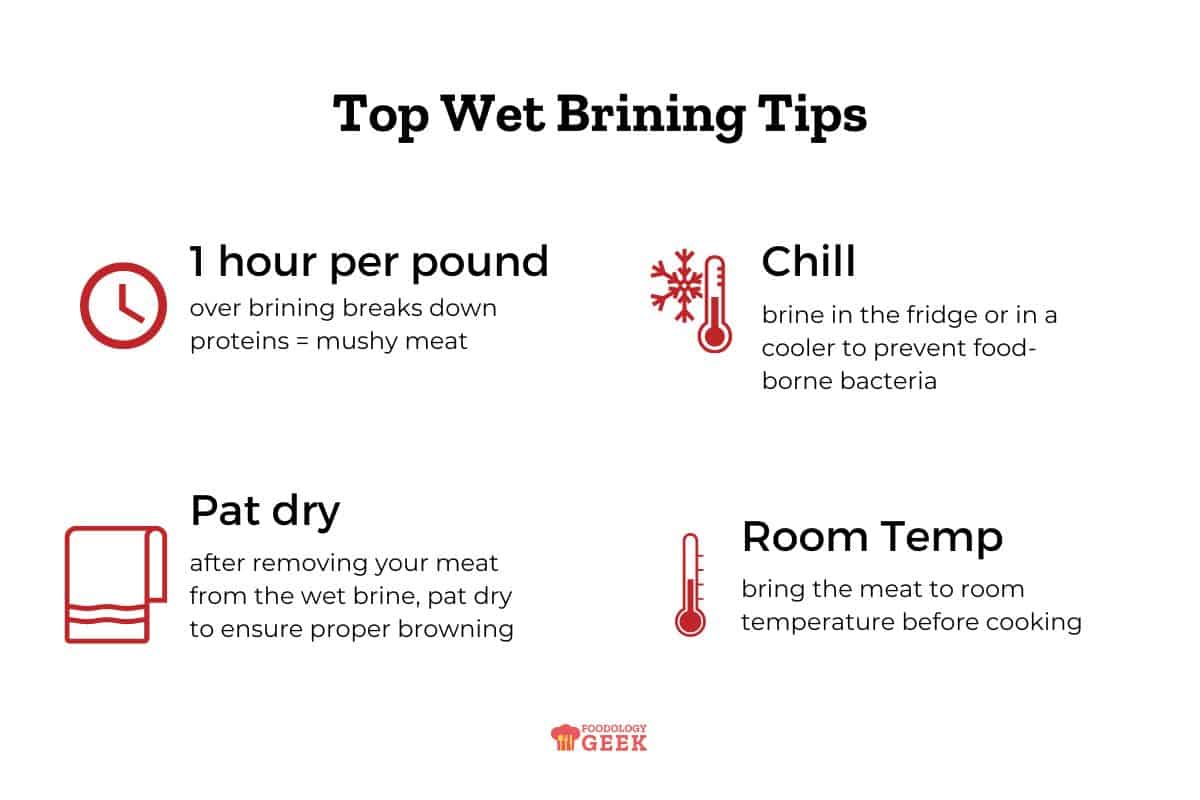
Tools For Wet Brining
You’ll need a large, non-reactive container for brining a whole turkey.
This 12-quart food save storage container (affiliate link) is perfect. It also comes in smaller sizes for smaller jobs.
The difference between a marinade and a brine
The primary difference between a marinade and a brine is that a marinade usually contains an acidic component such as citrus or vinegar. A marinade also usually has oil it.
Marinades are primarily about adding flavor. The flavor will stay mostly on the surface of the meat.
A brine, more specifically, is used to add moisture to the meat. The salt penetrates more deeply into the meat and helps the protein molecules retain more water.
Frequently Asked Questions about brining
In the most straightforward sense, a wet brine is made with water and salt.
The general rule regarding wet brine is 1 hour per pound of meat. Do not brine longer than recommended.
A saltwater brine degrades the protein structures in meat. While this is good at first because it helps tenderize the meat, over brining it will leave you with a mushy mess.
Add 1 cup of salt (kosher or sea salt) for each gallon of water.
You can also add spices for extra flavor (see boiling recommendations.) Apple juice can be substituted for water.
There is no need to rinse meat after removing it from the brine.
However, patting the meat dry is highly recommended, especially if you brine a turkey with skin on.
Yes, pickle juice makes an excellent brine for chicken. It’s a perfect way to use leftover pickle juice instead of tossing it.
Yes, it’s recommended that you should refrigerate meat in the brine solution.
Pro-tip: bring your meat to room temperature before cooking.
No, you don’t need sugar in brine; but you can add it to add a little sweetness to your recipe. Brown sugar can add a nice caramelly flavor to the meat.
Bring the brine to a boil if you use spices in your brine recipe. This will help the herbs and spices’ flavors infuse into the solution.
Make sure to cool completely before adding meat.
More Recipes You’ll Love
- Thanksgiving Turkey
- Smoked Turkey Breast
- Smoked Turkey Legs
- Grilled Curry Chicken w/ (Buttermilk Brine)
Savory Delight: The Ultimate Dry Rub for Juicy Turkey
Smoked Turkey Legs
How To Make The BEST Smoked Turkey Breast
Smoked Brisket Recipe: A BBQ Lover’s Dream
BBQ Rub (for smoking and grilling)
Are you Camp Dry Brine OR Wet Brine?
Leave a comment below and let us know.
Did you love this recipe?
Please leave a 5-star 🌟🌟🌟🌟🌟 rating and a comment below ⬇️
I love hearing from you in the comments; & your feedback helps other readers and helps me continue offering recipes at no cost. Drop a comment 👇
Brine Recipes
Equipment
- Large food storage prep container non reactive
Ingredients
Wet Brine For Turkey
- 1 12-14 lb turkey
- 2 gallons cold water
- 1 cup kosher salt (affiliate link)
- 1 cup brown sugar
- 2 oranges, quartered
- 2 lemons, quartered
- 6 thyme
- 4 rosemary
Brine For Pork Chops
- 4 thick cut pork chops, I prefer bone-in
- 4 cups cold water
- ¼ cup kosher salt (affiliate link)
- 2 tablespoons dark brown sugar
- 1 dried bay leaf
- 1 sprig fresh rosemary
- 1 teaspoon black peppercorns
- 1 teaspoon whole allspice berries
Pickle Brine For Chicken
- 2 lbs chicken breasts, or chicken thighs
- 2 cups pickle juice
Breading For Pickle Brine Chicken
- 1 cup flour, for dredging
- 2 large eggs
- 2 cups seasoned flour, or bread crumbs seasoned with 1/4 teaspoon each salt, pepper, poultry seasoning, paprika, and a pinch of cayenne pepper (if you like it spicy)
Buttermilk Brine For Chicken
- 2 lbs chicken breasts, or chicken thighs
- 1 ½ cups buttermilk
- 2 teaspoons Kosher salt (affiliate link)
- 1 teaspoon black pepper
- 4 teaspoons yellow curry powder
- 2 teaspoons turmeric
- 1 teaspoons cumin
Instructions
How To Brine A Turkey
- Add the cold water and the remaining ingredients to a large non reactive vessel.2 gallons cold water, 1 cup kosher salt, 1 cup brown sugar, 2 oranges, 2 lemons, 6 thyme, 4 rosemary, 1 12-14 lb turkey
- Add the turkey and brine for 1 hour for each pound. Approximately 12 to 14 hours.
- Remove the turkey from the brine an pat dry. Let the meat come to room temperature before cooking.
- Cook the turkey using your preferred cooking method. Roasting, grilling, or smoking.
How To Brine Pork Chops
- Add the cold water and the remaining ingredients to a non reactive dish or a plastic zip-top bag.4 thick cut pork chops, 4 cups cold water, ¼ cup kosher salt, 2 tablespoons dark brown sugar, 1 dried bay leaf, 1 sprig fresh rosemary, 1 teaspoon black peppercorns, 1 teaspoon whole allspice berries
- Add the pork chops and brine for at least 2 hours, up to overnight.
- Remove the pork chops from the brine and pat dry. Let the meat come to room temperature before cooking.
- Cook the pork chops using your preferred cooking method. Roasting, grilling, or smoking.
Pickle Brined Chicken
- Add the pickle juice and the chicken to a non reactive dish or a plastic zip-top bag.2 lbs chicken breasts, 2 cups pickle juice
- Brine for at least 2 hours, up to overnight.
- Remove the chicken from the brine and pat dry. Let the meat come to room temperature before cooking.
- Cook the chicken using your preferred cooking method. baking, grilling, OR bread with the chicken breading and deep fry.1 cup flour, 2 large eggs, 2 cups seasoned flour
Buttermilk Brined Chicken
- Add the buttermilk and the remaining ingredients to a non reactive dish or a plastic zip-top bag.2 lbs chicken breasts, 1 ½ cups buttermilk, 2 teaspoons Kosher salt, 1 teaspoon black pepper, 4 teaspoons yellow curry powder, 2 teaspoons turmeric, 1 teaspoons cumin
- Add the chicken and brine for at least 2 hours, up to overnight.
- Remove the chicken from the brine and set on a wire rack that has been set over a baking sheet. Allow the excess brine to drip off the chicken as it comes to room temperature.
- Bake or grill this chicken for best results.
YOUR OWN NOTES
Sign In to add your own private notes


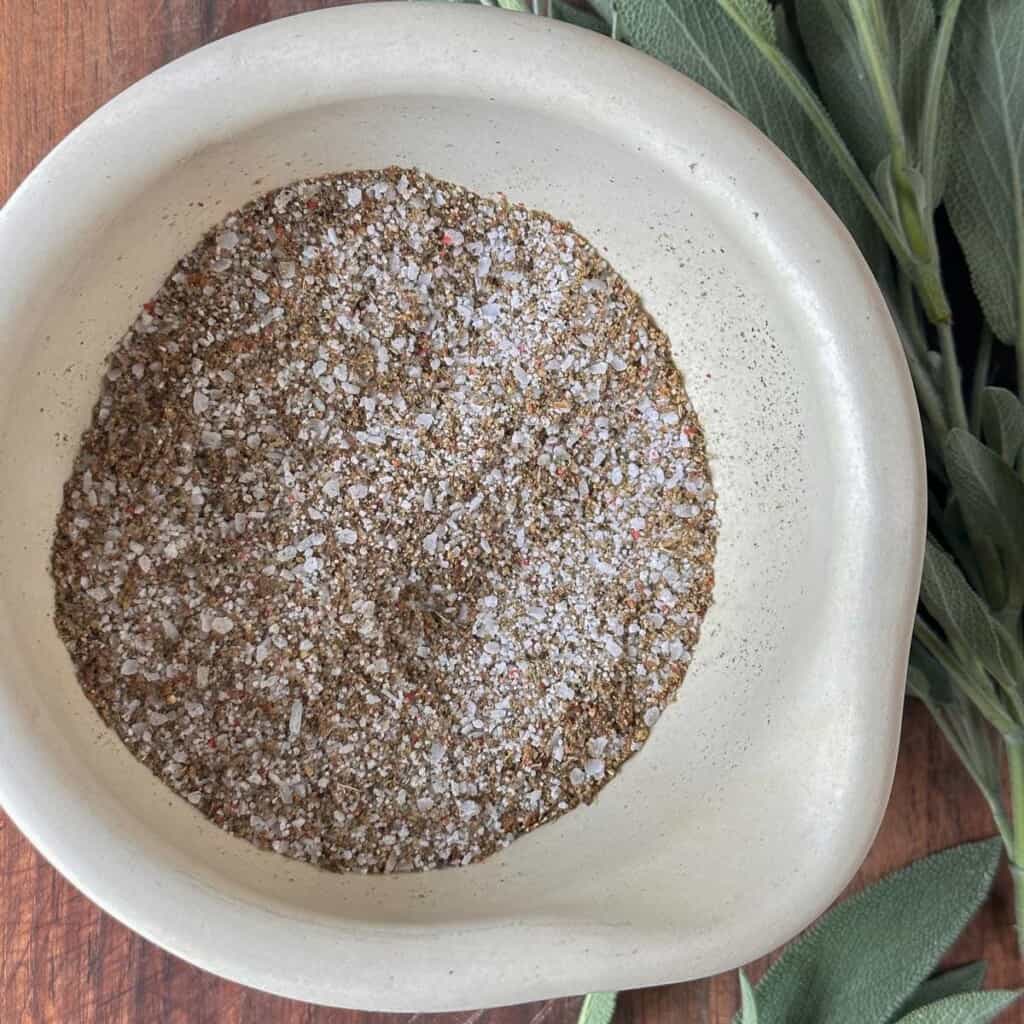
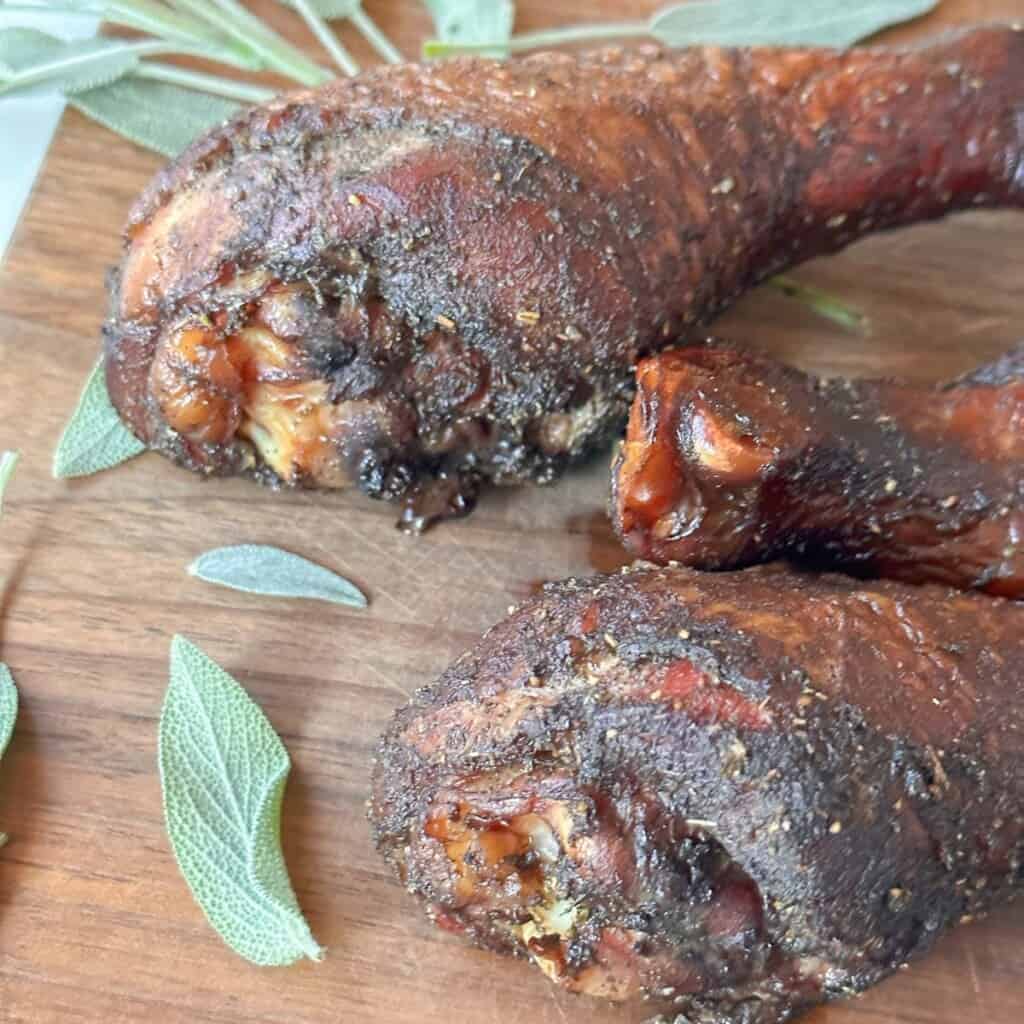
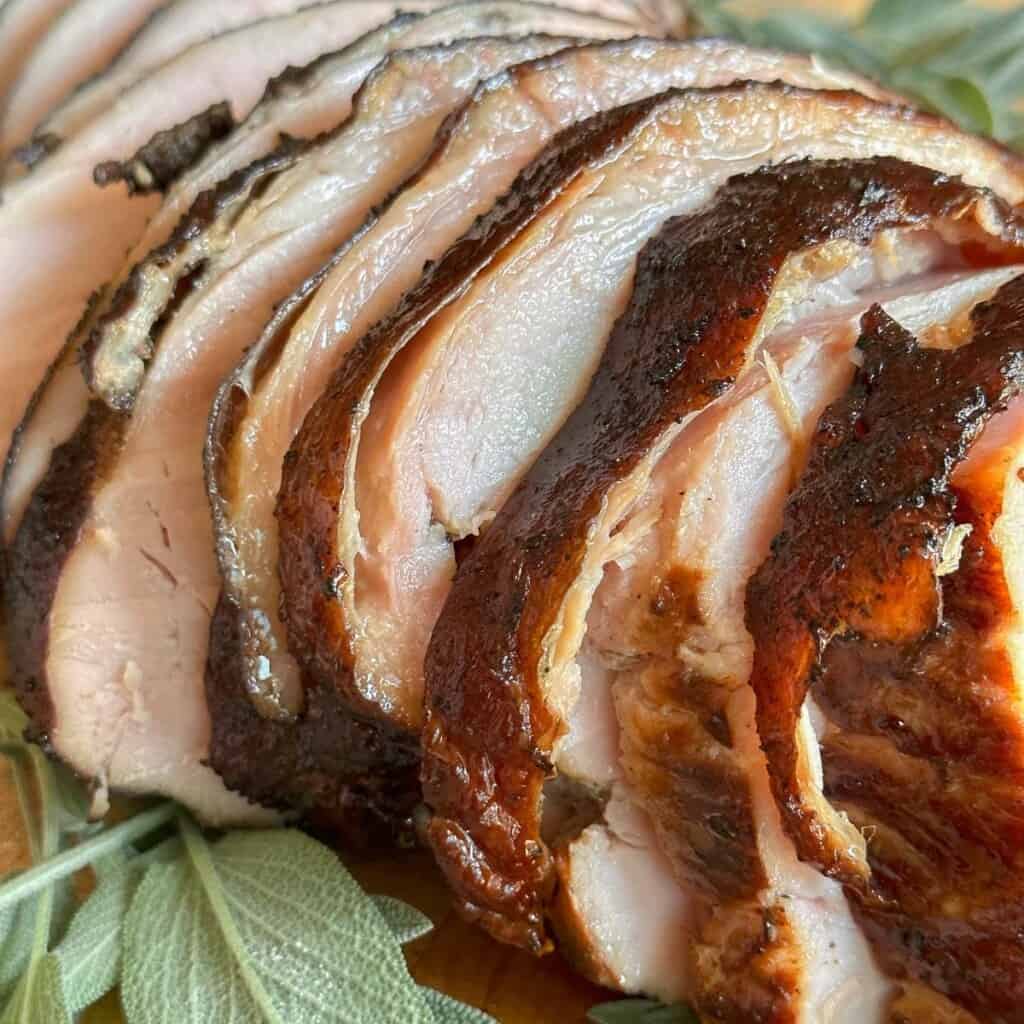
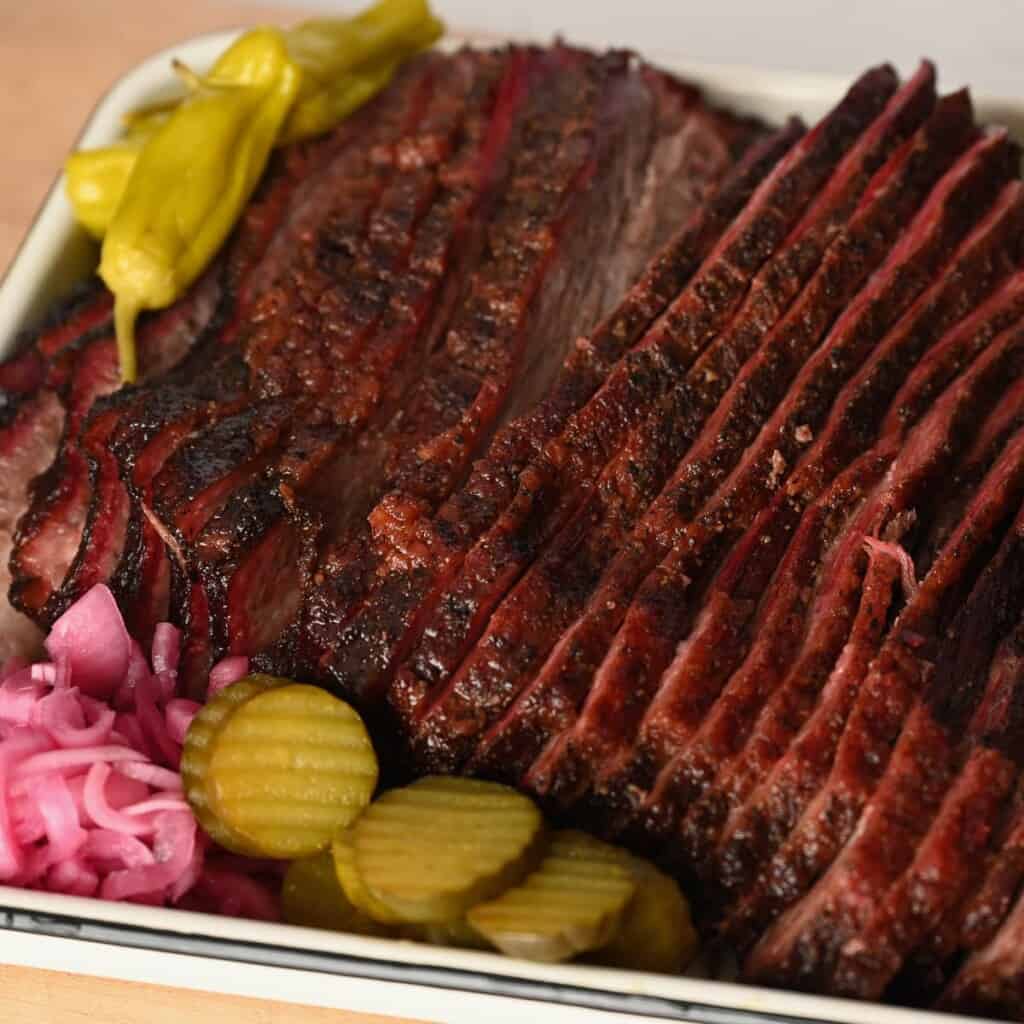
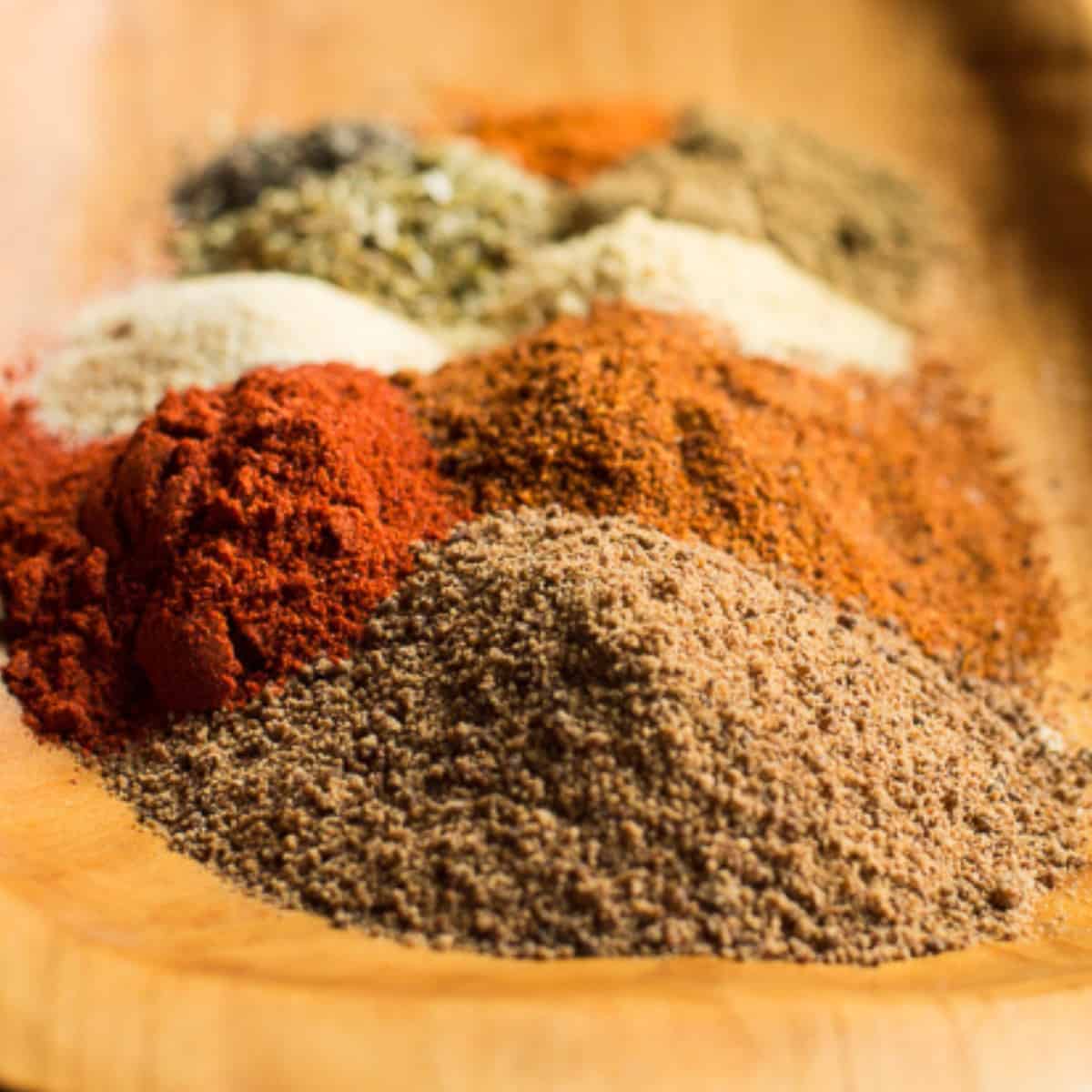
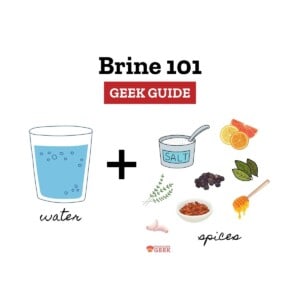

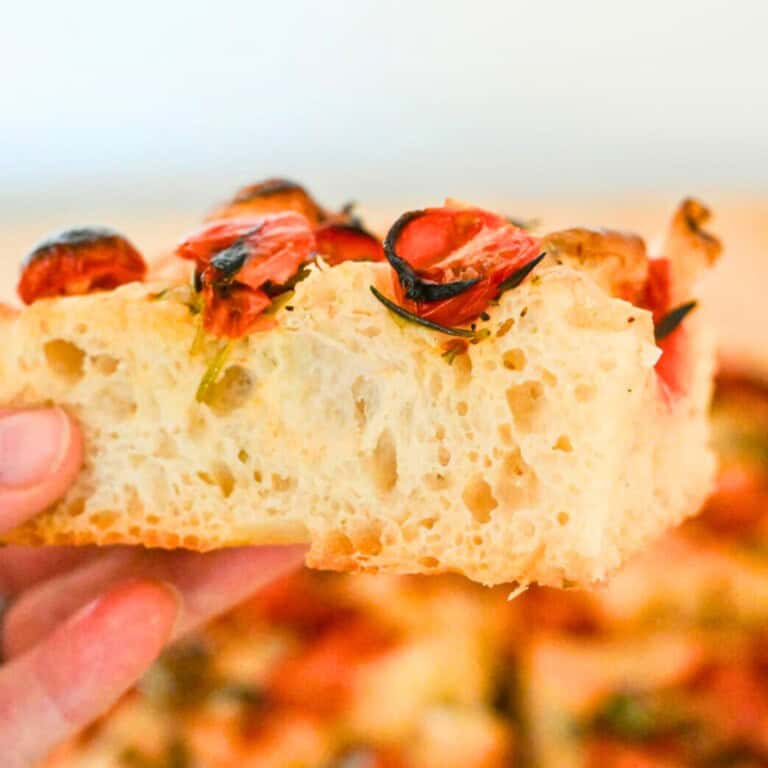
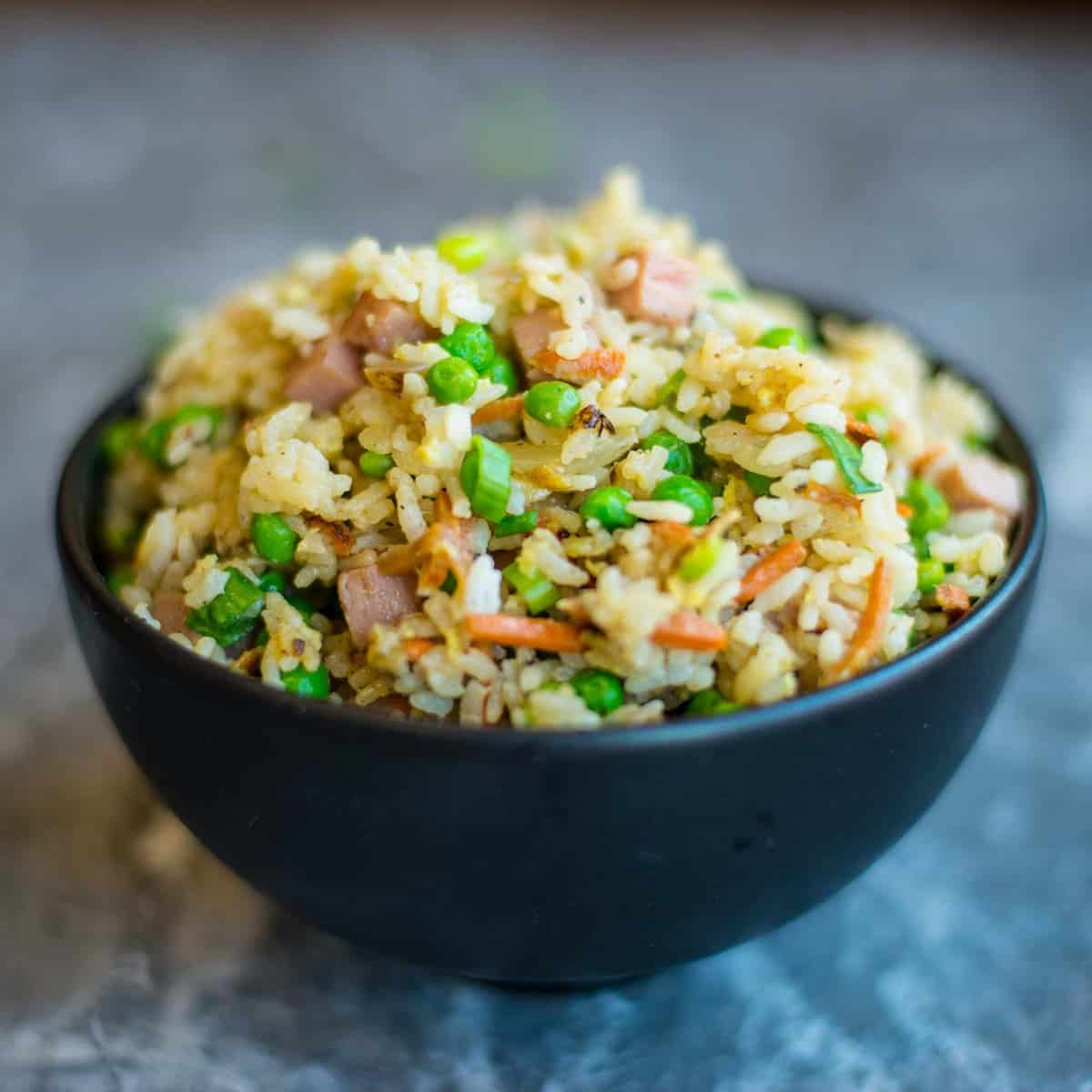

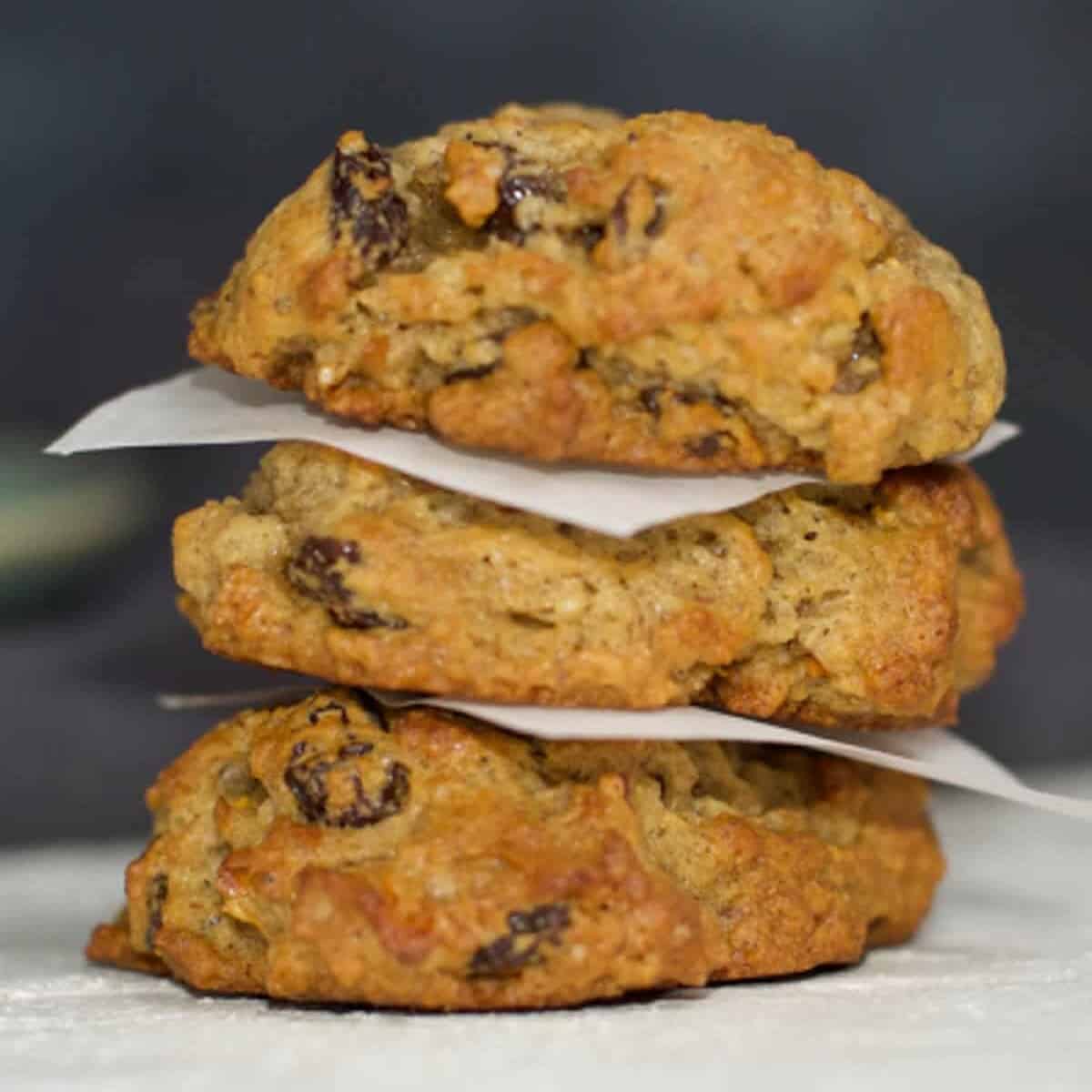
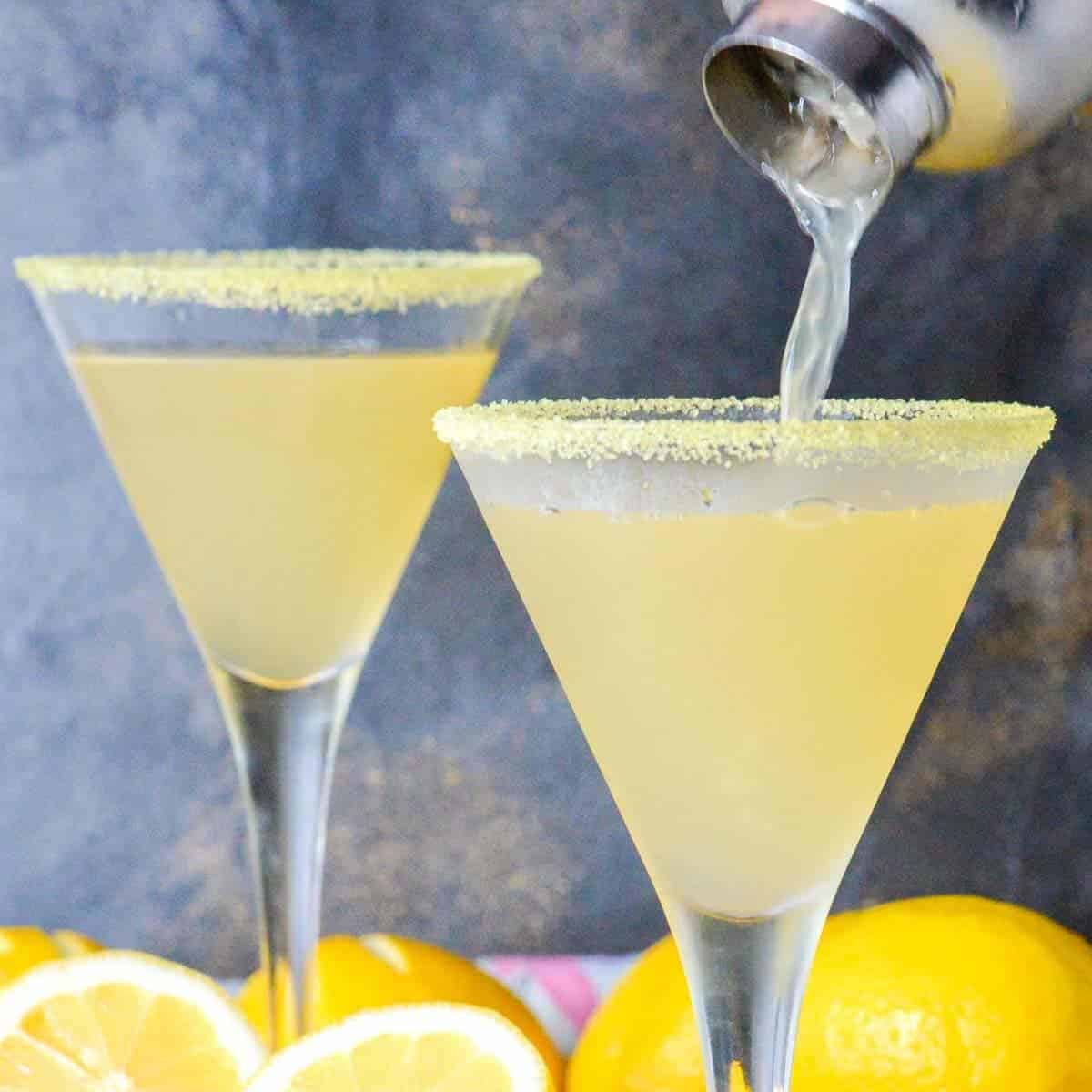

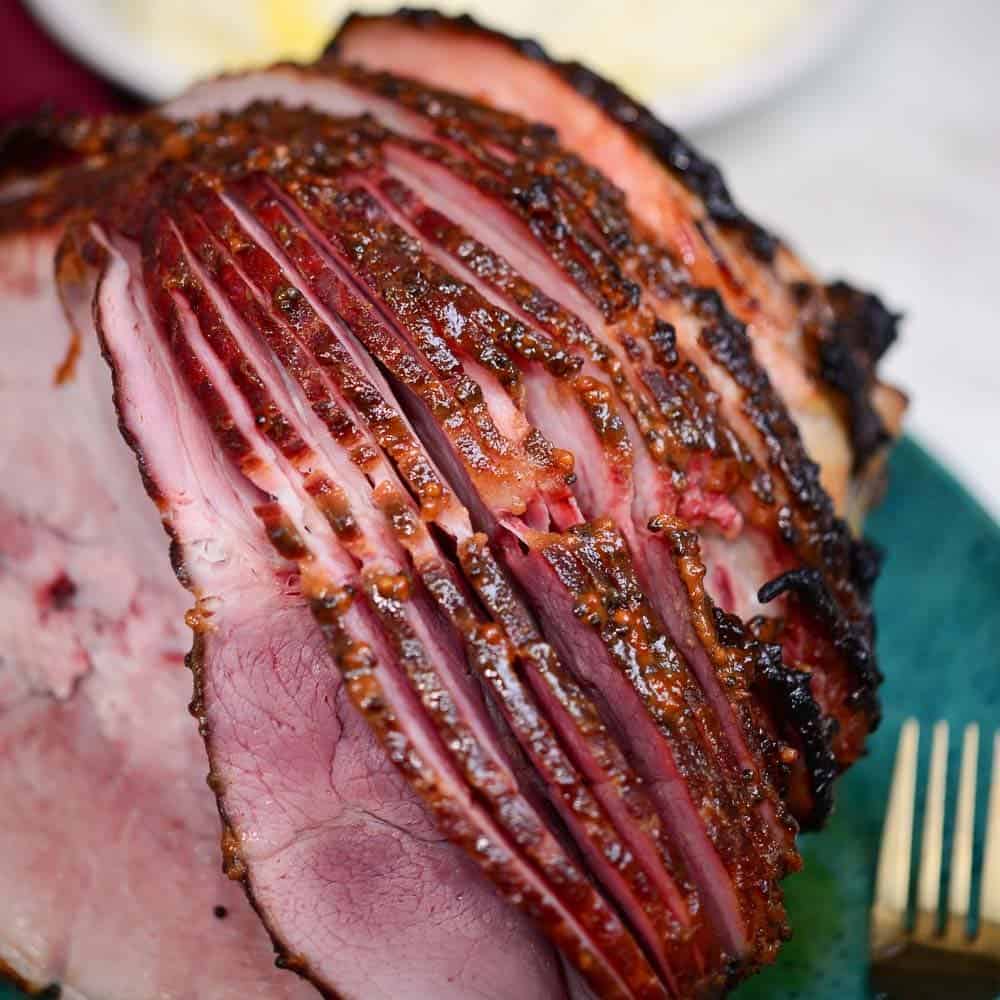
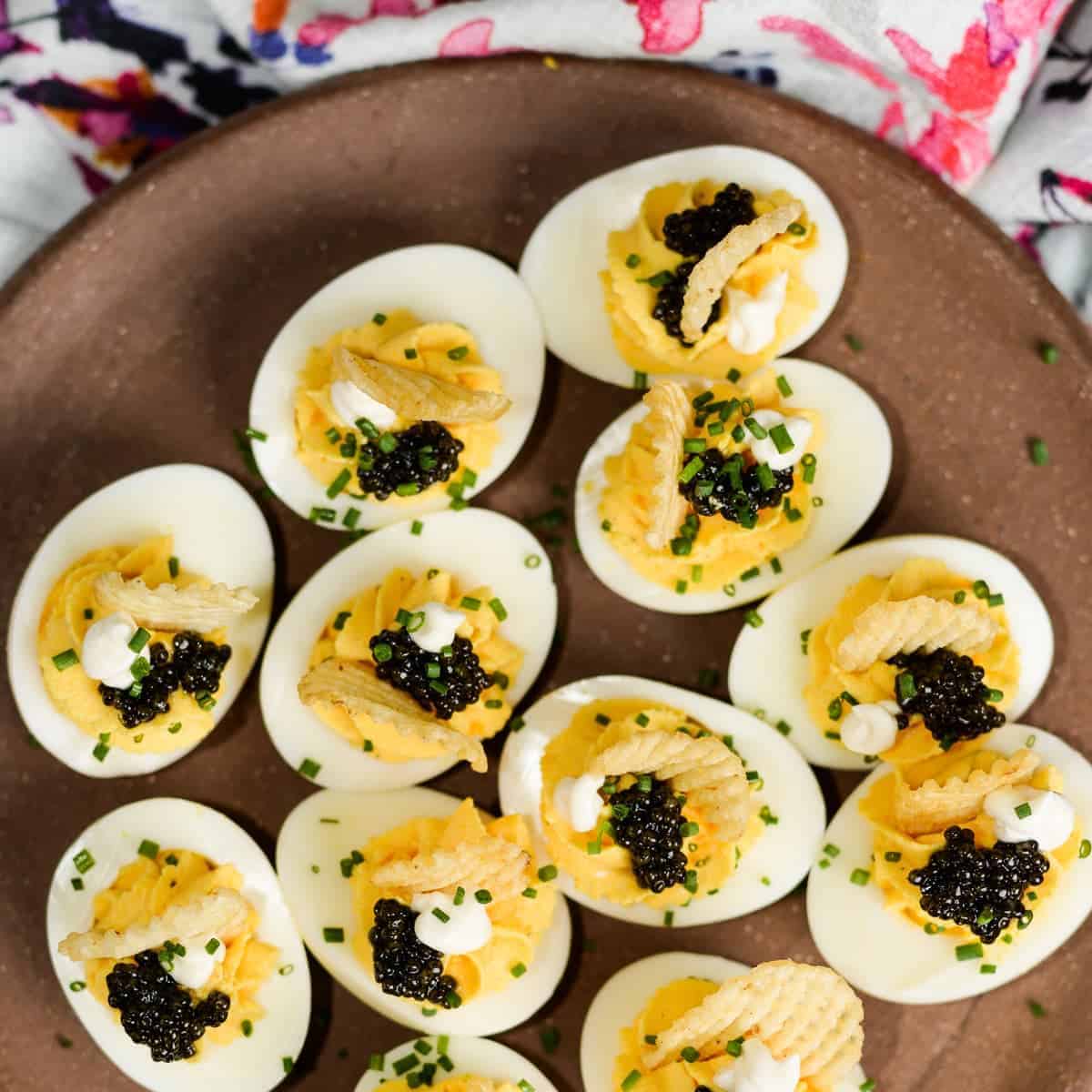
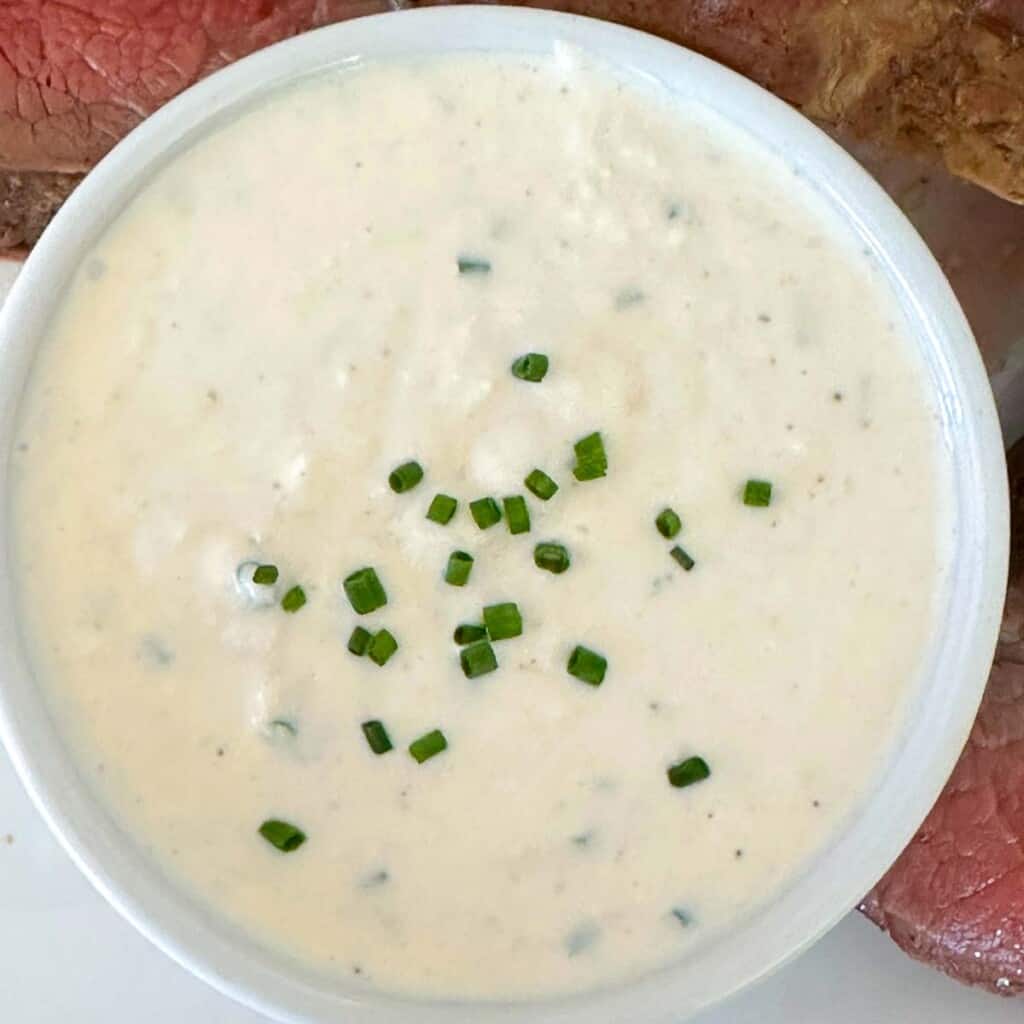
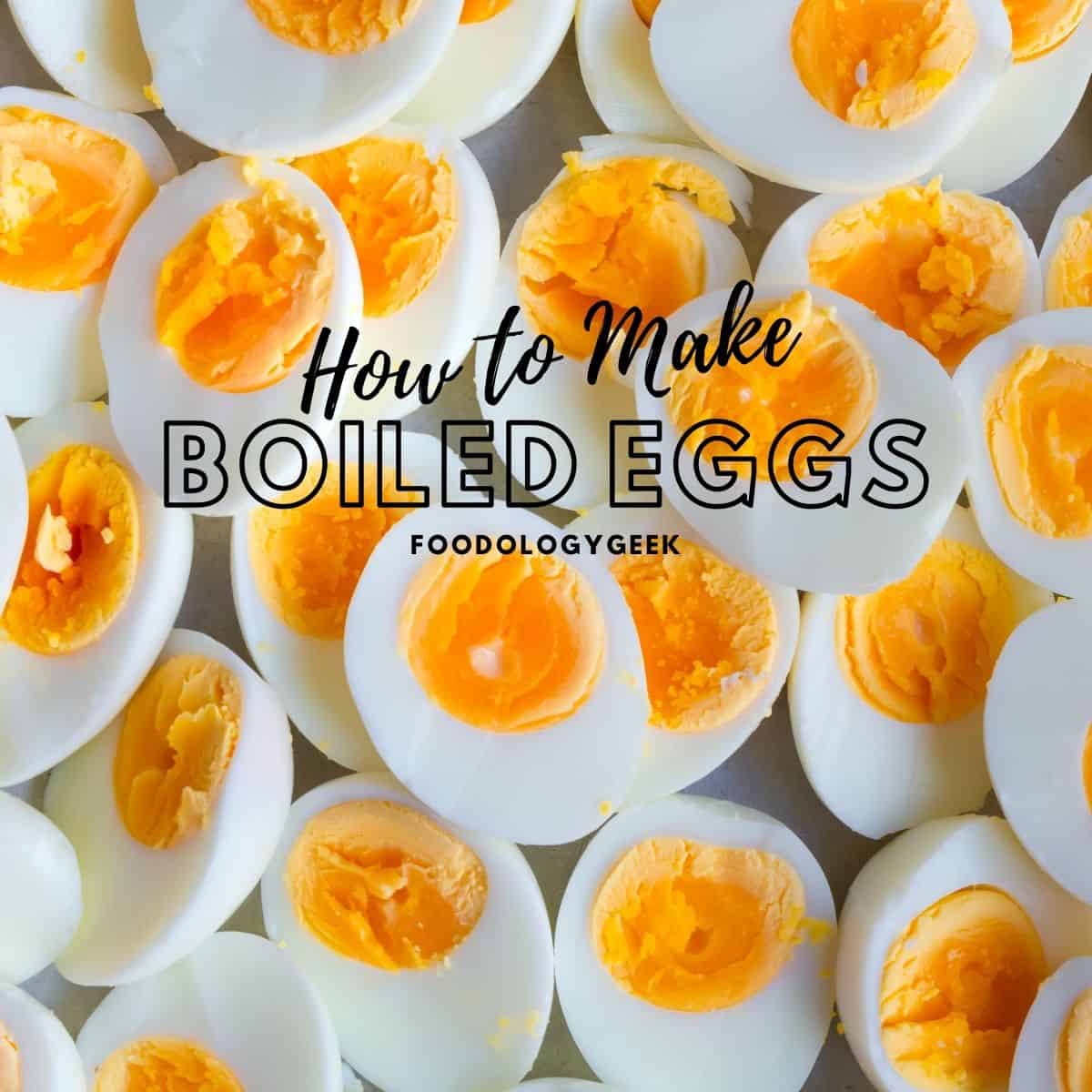
Great collection of brine recipes! Brining makes such a big difference in keeping meat juicy and flavorful. I like having different options depending on what I’m cooking.